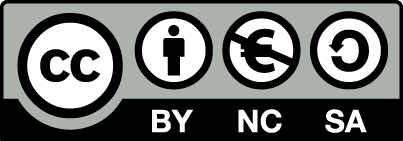Bitte verwenden Sie diesen Link, um diese Publikation zu zitieren, oder auf sie als Internetquelle zu verweisen:
https://hdl.handle.net/10419/44473 Titel:
Erscheinungsjahr:
2011
Schriftenreihe/Nr.:
I&I Working Paper No. 01/2011
Verlag:
Christian-Albrechts-Universität zu Kiel, Institut für Agrarökonomie, Kiel
Zusammenfassung:
Aquaculture is the most recent addition to animal husbandry and it is the fastest growing food production industry. Its contribution to world food security in the 21st century is already significant and it is bound to continue to grow because demand for fish for human consumption is rapidly increasing whereas fish supplies from ocean fisheries are likely to decline. The rapid evolution of aquaculture involved a host of innovations of which many were based on R&D activities by public and private research organizations. Applied R&D tends to be the more effective the better focused it is on specific research problems or opportunities. Among the many possible aquaculture production systems on which aquaculture R&D might focus are recirculation aquaculture systems and in this paper we explore crucial aspects of the potential of urban recirculation aquaculture. Our exploration begins with a vision of recirculation aquaculture production plants located at the fringes of cities of converging economies. Such production systems are distinctly different from conventional urban aquaculture systems based on urban sewage. We scrutinize our vision from four perspectives: (i) the expected demand for aquaculture fish from urban consumers; (ii) cost competitiveness of fish produced at the fringes of cities as compared to fish produced in the rural hinterland; (iii) the potential for integration of urban recirculation aquaculture production into the modern food supply chains that are now emerging in converging economies, and (iv) the ecological footprint of aquaculture production compared to that of chicken production. Based on trends in the growth of urban populations world-wide and trends in demand for fish for food we estimate a total urban demand for aquaculture finfish between 11 and 51 million tons in 2025. We use von Thünen's location theory to provide support for the vision to locate recirculation aquaculture plants not within cities and not in their rural hinterland but on the fringes of cities. Moreover, we argue that tightly controlled recirculation aquaculture production would seem to be particularly well suited for being integrated into modern food supply chains. Finally, we compare the ecological footprint of recirculation aquaculture fish with that of industrially produced chicken and we find that the ecological balance depends on the source of energy used. We conclude our exploratory study with some thoughts on the implication for aquaculture R&D of the potential for recirculation aquaculture located on the fringes of cities in emerging economy countries.
Dokumentart:
Working Paper
Erscheint in der Sammlung:
Datei(en):
Datei
Beschreibung
Größe
Format
Publikationen in EconStor sind urheberrechtlich geschützt.

